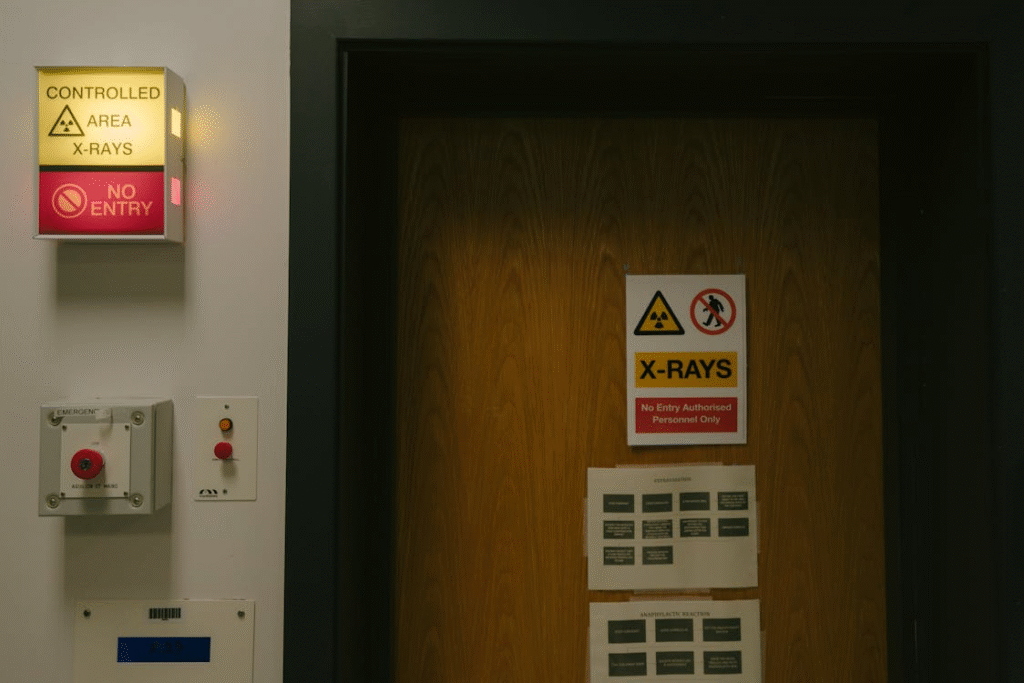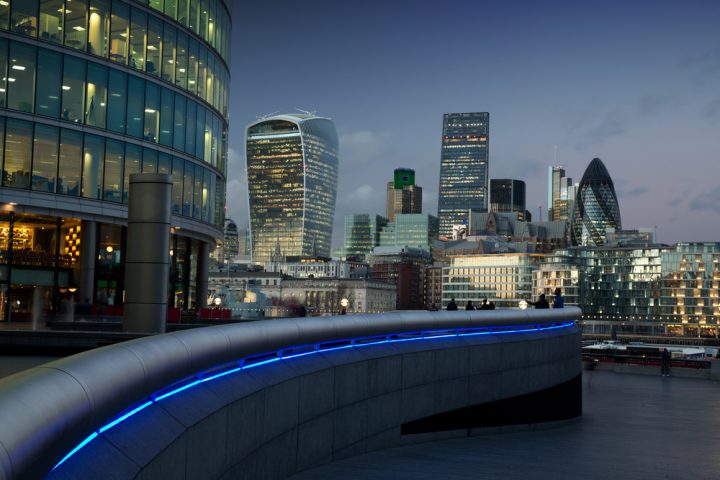Walk into any modern London workspace and you’ll likely notice a balance of style, structure, and safety. Whether it’s an open-concept co-working hub or a buzzing creative office, thoughtful design is everywhere. But often overlooked in that design? The humble safety sign.
From simple directional arrows to eye-catching hazard warnings, signage does more than point the way—it quietly shapes how people move, interact, and stay safe. That’s why design-led, regulation-ready signage is becoming a core feature of productive, health-conscious environments.
In busy city offices, where foot traffic is constant and layouts often shift, it pays to keep signage sharp and compliant. That’s where providers like Safety Signs Depot, the UK’s leading Health and Safety Sign supplier come in. They offer ISO-standard signs that are not just functional, but also customisable to suit the look and feel of modern spaces.
Why Safety Signs Are More Than Just Compliance
At a glance, health and safety signs might seem purely practical. But in a fast-paced city like London, they play a bigger role. The right signage system supports smooth operations, reduces liability, and helps employees feel secure in their environment.
In shared spaces like co-working offices, temporary studios, or hybrid work hubs, people don’t always know the building layout. Clear signs for fire exits, first aid kits, or restricted areas make all the difference. They eliminate confusion, reduce risk, and even speed up response in emergencies.
That’s why many workspace designers are thinking beyond compliance. They’re asking: how can we make these signs blend into our visual branding? How do we ensure they stay visible without disrupting the vibe? The result is a rise in smart signage—solutions that tick the legal boxes while complementing the space.
The Power of Good Design in Safety
Smart signage starts with good design. This doesn’t mean sacrificing visibility or clarity for aesthetics. It means considering materials, typography, contrast, and placement with intention.
For example, using photoluminescent materials in emergency signs ensures they remain visible during a power cut. Choosing matte finishes can reduce glare in bright office lighting. Using icons alongside text supports non-native English speakers and neurodiverse employees.
Modern offices are full of glass walls, bold colours, and minimalist themes. Poorly designed signs either get lost or stick out awkwardly. Good signage uses design cues that align with the rest of the space—helping it blend in while still doing its job.
Where Signage Makes the Biggest Impact
While every part of an office benefits from clear communication, a few zones stand out when it comes to the impact of smart signage:
1. High-Traffic Areas
Entrances, stairwells, lifts, and corridors all see regular movement. Signage here helps direct flow and avoid crowding.
2. Shared Equipment Zones
Whether it’s a 3D printer or a basic kettle, shared tools come with shared risk. Warning and instructional signs reduce accidents and support proper use.
3. Emergency Equipment Locations
Fire extinguishers, first aid kits, and defibrillators should never be hard to find. Clear, well-placed signage keeps things visible and accessible.
4. Hygiene and PPE Zones
Especially relevant post-pandemic, signs reminding staff to sanitise, mask up, or wear gloves have become common—and still matter in many sectors.
Customisation Without Compromise
One big advantage of modern signage providers is the ability to customise. This isn’t just about slapping a logo on a fire exit sign. It’s about choosing the right colour scheme, matching fonts, and using wall-safe adhesives for temporary layouts.
Customised signs also reflect company values. An eco-conscious brand might opt for recyclable signage. A tech startup could integrate QR codes for mobile-based safety procedures. These touches show attention to detail and boost trust among employees and visitors.
Productivity Benefits You Might Not Expect
Surprisingly, signage can also help productivity. Clear visual cues reduce decision fatigue, especially in large or unfamiliar workspaces. If people don’t have to ask where the toilets are or which meeting room is theirs, they spend less time distracted.
Signage also reinforces behaviour. A simple “Clean Up After Use” near shared desks or kitchens can reduce mess and conflict. A polite nudge in the right place makes routines smoother, without relying on constant verbal reminders.
In creative spaces, smart signage supports flow. Whether it’s indicating soundproof zones or quiet work areas, it helps teams focus better and collaborate with less friction.
What to Consider When Planning Signage
If you’re reviewing the signage strategy in your workplace, here are a few light pointers:
- Audit regularly: Check that your signs are still relevant, readable, and in good condition.
- Involve your team: Ask staff if anything’s unclear or missing. They often spot gaps in the system.
- Think like a visitor: Walk through your space from the point of view of someone new. What’s confusing? What’s easy to miss?
- Stay legal: Signs must meet British Standards where required. Don’t skip this step.
- Balance function with style: Choose designs that work with your brand and interiors, not against them.

Photo by Jo McNamara
Looking Ahead: Signage in the Hybrid Era
With many London businesses embracing hybrid work, offices are being reimagined. Hot-desking, flexible layouts, and shared amenities are the new norm. That means signage needs to stay agile too.
Removable signs, modular systems, and digital displays are all part of the toolkit now. Some companies even use interactive floor plans or mobile alerts to direct staff.
What remains constant is the need for clarity and care. Whether it’s a temporary layout or a long-term lease, safety signs are part of the design conversation—not an afterthought.







